-
 Bitcoin
Bitcoin $118400
0.47% -
 Ethereum
Ethereum $3836
2.20% -
 XRP
XRP $3.157
2.98% -
 Tether USDt
Tether USDt $0.9999
-0.03% -
 BNB
BNB $801.5
1.31% -
 Solana
Solana $180.9
2.07% -
 USDC
USDC $0.9999
-0.02% -
 Dogecoin
Dogecoin $0.2225
2.50% -
 TRON
TRON $0.3285
-1.02% -
 Cardano
Cardano $0.7789
2.60% -
 Hyperliquid
Hyperliquid $43.60
2.39% -
 Sui
Sui $3.892
4.41% -
 Stellar
Stellar $0.4229
3.34% -
 Chainlink
Chainlink $18.01
3.98% -
 Hedera
Hedera $0.2745
6.77% -
 Bitcoin Cash
Bitcoin Cash $582.3
3.38% -
 Avalanche
Avalanche $23.77
1.04% -
 Ethena USDe
Ethena USDe $1.001
0.01% -
 Toncoin
Toncoin $3.493
3.59% -
 Litecoin
Litecoin $110.0
2.48% -
 UNUS SED LEO
UNUS SED LEO $8.936
-0.37% -
 Shiba Inu
Shiba Inu $0.00001304
2.49% -
 Uniswap
Uniswap $9.999
1.09% -
 Polkadot
Polkadot $3.897
3.26% -
 Monero
Monero $308.6
-0.83% -
 Dai
Dai $0.9999
-0.01% -
 Bitget Token
Bitget Token $4.504
-0.04% -
 Pepe
Pepe $0.00001154
2.95% -
 Cronos
Cronos $0.1471
3.06% -
 Ethena
Ethena $0.6691
19.53%
What does it mean when the volume ratio suddenly increases by 3 times and pushes the 5-day moving average to cross?
A 3x spike in volume ratio alongside a 5-day MA crossover signals strong market conviction, confirming potential trend reversals or breakouts in crypto trading.
Jul 29, 2025 at 06:07 pm
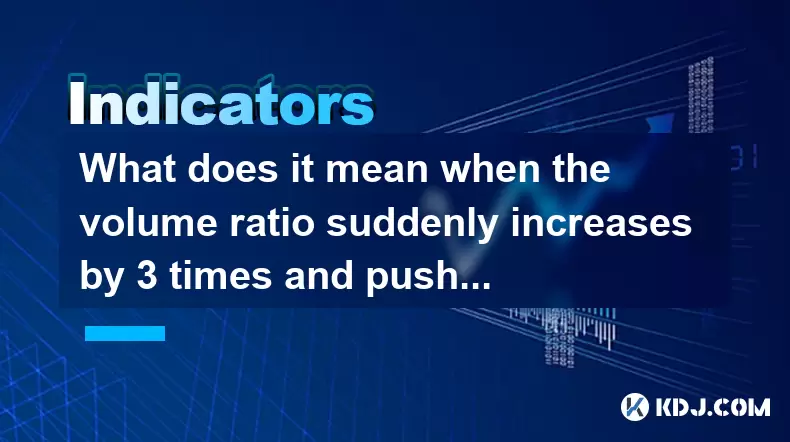
Understanding Volume Ratio in Cryptocurrency Trading
The volume ratio is a technical indicator used to measure the current trading volume relative to its historical average over a specific period. In the context of cryptocurrency markets, this metric helps traders assess the strength or weakness behind price movements. A sudden increase in the volume ratio—such as tripling—suggests a significant surge in market participation. This could stem from breaking news, macroeconomic events, whale transactions, or shifts in market sentiment. When volume expands dramatically, it often indicates that a large number of traders are entering or exiting positions, which can precede or confirm price trends. The higher the volume ratio, the more conviction there is behind the price action, making it a critical tool for confirming breakouts or breakdowns.
What Happens When Volume Ratio Increases Threefold?
A threefold increase in the volume ratio is not common and typically signals a pivotal moment in the market. Such a spike suggests that the current trading activity is three times more intense than the average volume observed over the baseline period—usually 5 to 10 days. This surge can be interpreted in several ways depending on the price context:
- If the price is rising alongside the volume spike, it may indicate strong buying pressure and potential accumulation by large investors.
- If the price is falling, the high volume could point to panic selling or coordinated dumping by whales.
- In a sideways market, such volume may precede a breakout in either direction.
The key takeaway is that a 3x volume ratio acts as a confirmation signal. It tells traders that the movement isn’t due to minor fluctuations but is backed by substantial market interest, increasing the likelihood that the trend will continue.
Interpreting the 5-Day Moving Average Crossover
The 5-day moving average (MA) is a short-term trend indicator that smooths out price data to identify the direction of momentum. When this moving average is crossed—especially in conjunction with a volume spike—it can signal a shift in market dynamics. A crossover occurs when the current price moves above or below the 5-day MA line on a chart. For example: - A bullish crossover happens when the price moves above the 5-day MA, suggesting upward momentum.
- A bearish crossover occurs when the price drops below the 5-day MA, indicating downward pressure.
When this crossover coincides with a threefold volume increase, the signal becomes much stronger. High volume confirms that the crossover isn’t a false move but is supported by real market activity. This combination is often used by day traders and scalpers to time entries or exits with higher confidence.
How to Identify and Confirm This Pattern on a Chart
To detect this scenario, traders must set up their charts properly. Most cryptocurrency trading platforms like Binance, Bybit, or TradingView allow customization of indicators. Follow these steps: - Open a candlestick chart for your chosen cryptocurrency pair (e.g., BTC/USDT).
- Enable the 5-day simple moving average (SMA) from the indicators menu.
- Add a volume histogram at the bottom of the chart.
- Calculate the volume ratio by dividing the current volume by the average volume of the past 5 days. Some platforms offer built-in volume ratio tools.
- Watch for a candle where the volume bar is three times taller than the average.
- Check if the closing price of that candle crosses above or below the 5-day MA line.
For accuracy, use a 1-hour or 4-hour timeframe to reduce noise. Confirm the signal by checking for alignment with broader market trends or key support/resistance levels. Avoid acting on isolated signals without context.
Practical Trading Implications and Risk Management
When the volume ratio spikes threefold and triggers a 5-day MA crossover, traders may consider taking action—but only with proper risk controls. For instance: - In a bullish scenario, a trader might enter a long position after the candle closes above the MA, placing a stop-loss just below the recent swing low.
- In a bearish scenario, a short position could be initiated after the close below the MA, with a stop-loss above the recent high.
- Position size should be adjusted based on account risk tolerance—never risk more than 1-2% of capital on a single trade.
It’s crucial to avoid overtrading based on this signal alone. False breakouts occur, especially during low-liquidity periods or during exchange-specific anomalies. Always cross-verify with order book depth, funding rates (for futures), and on-chain data where applicable. For example, a spike in volume without corresponding open interest growth on futures markets may suggest spot market noise rather than sustained trend formation.
Common Misinterpretations and How to Avoid Them
One common mistake is assuming that a high volume ratio always leads to a sustainable trend. In reality, volume spikes can occur during market manipulation, such as pump-and-dump schemes, especially in low-cap altcoins. Another error is ignoring the price level at which the crossover occurs. A breakout above resistance with high volume is more reliable than a crossover in the middle of a range. Additionally, traders may overlook the timezone factor—a volume surge during Asian trading hours might not carry the same weight as one during U.S. or European sessions due to differing liquidity levels. To avoid these pitfalls, combine volume and MA analysis with price action patterns like engulfing candles or inside bars, and consider using additional filters like the Relative Strength Index (RSI) to check for overbought or oversold conditions.Frequently Asked Questions
Q: Can the volume ratio be applied to all cryptocurrencies equally?
A: While the volume ratio can be calculated for any cryptocurrency, its reliability varies. Major coins like Bitcoin and Ethereum have deeper liquidity and less manipulation, making volume signals more trustworthy. For low-volume altcoins, sudden spikes may be due to single large trades or wash trading, so extra caution is needed.Q: What time frame is best for observing the 5-day MA and volume ratio?
A: The 4-hour chart is often optimal. It balances noise reduction with timely signal generation. Lower time frames like 5-minute charts produce too many false signals, while daily charts may delay entries.Q: Does the 5-day MA have to be crossed by the closing price, or can intraday moves count?
A: Only the closing price should be used to confirm a crossover. Intraday wicks or spikes above or below the MA are not valid unless the candle closes beyond it. This prevents false entries based on temporary volatility.Q: How do I calculate the volume ratio manually?
A: Add the trading volume of the last 5 days and divide by 5 to get the average. Then divide today’s current volume by that average. If the result is 3 or higher, the volume ratio has tripled.
Disclaimer:info@kdj.com
The information provided is not trading advice. kdj.com does not assume any responsibility for any investments made based on the information provided in this article. Cryptocurrencies are highly volatile and it is highly recommended that you invest with caution after thorough research!
If you believe that the content used on this website infringes your copyright, please contact us immediately (info@kdj.com) and we will delete it promptly.
- Pudgy Penguins Price Prediction: Buying Opportunity or Insider Dump?
- 2025-07-31 18:50:35
- Penny Coin Power: Unearthing 20x Potential in Undervalued Crypto
- 2025-07-31 20:10:14
- Shrapnel, GalaChain, and China Gaming: A New Frontier
- 2025-07-31 19:10:35
- Mutuum Finance, Bitcoin, and Market Analysis: Decoding the Latest Trends
- 2025-07-31 19:30:13
- Dogecoin Howl: Bullish Signals and Analyst Bites – Is the Meme Coin Ready to Pounce?
- 2025-07-31 18:30:16
- Decoding Crypto Presales, Ethereum's Role, and Navigating a Tricky Altcoin Season
- 2025-07-31 18:30:16
Related knowledge
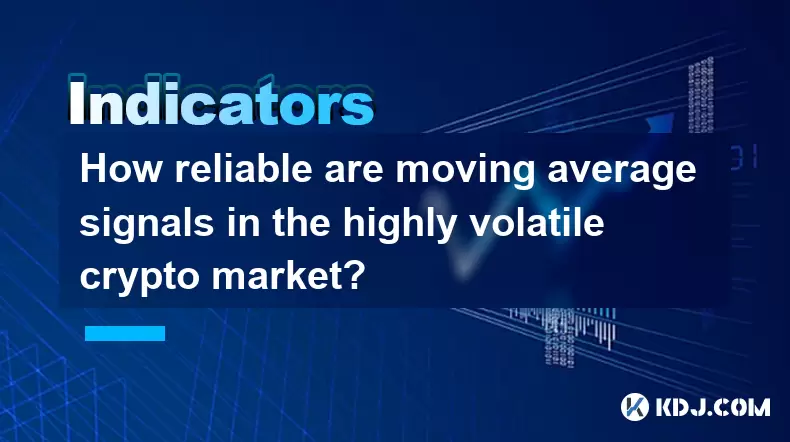
How reliable are moving average signals in the highly volatile crypto market?
Jul 31,2025 at 08:36pm
Understanding Moving Averages in Cryptocurrency TradingMoving averages (MAs) are among the most widely used technical indicators in the cryptocurrency...
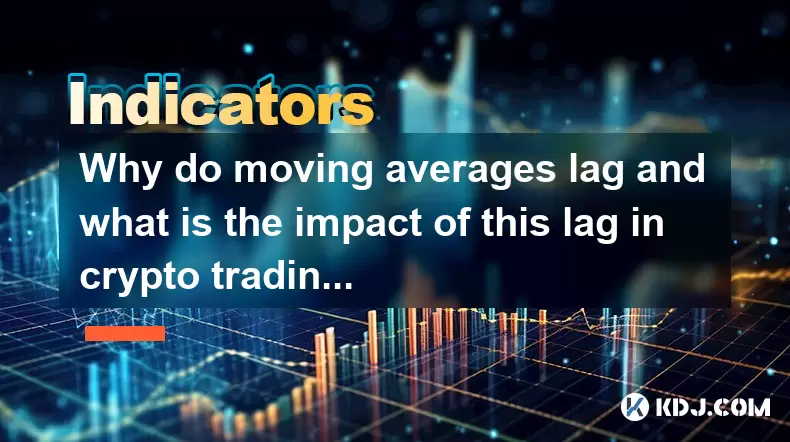
Why do moving averages lag and what is the impact of this lag in crypto trading?
Jul 31,2025 at 08:07pm
Understanding the Concept of Moving Averages in Crypto TradingMoving averages are among the most widely used technical indicators in cryptocurrency tr...
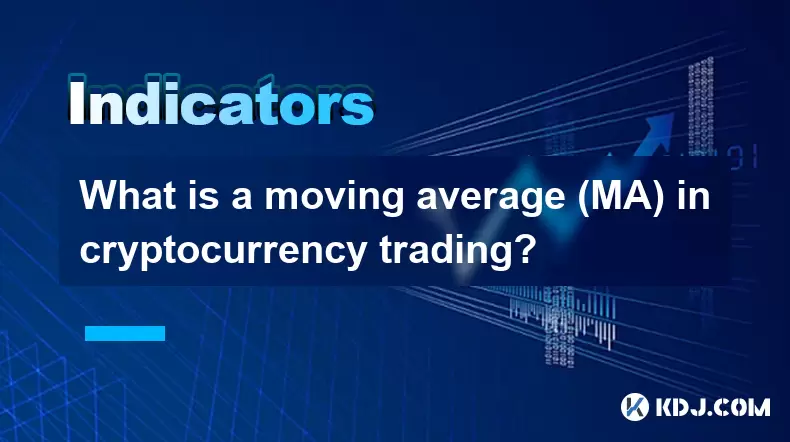
What is a moving average (MA) in cryptocurrency trading?
Jul 31,2025 at 06:30pm
Understanding the Concept of Moving Average (MA)A moving average (MA) is a widely used technical analysis tool in cryptocurrency trading that helps sm...
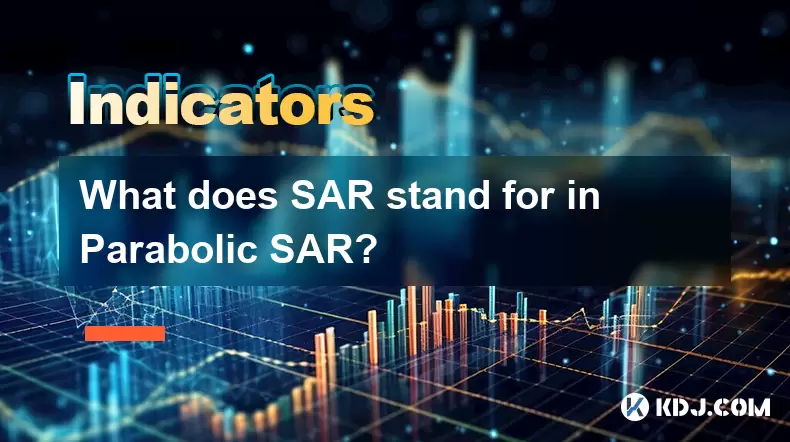
What does SAR stand for in Parabolic SAR?
Jul 31,2025 at 06:49pm
Understanding the Meaning of SAR in Parabolic SARIn the context of technical analysis in the cryptocurrency market, SAR stands for 'Stop and Reverse' ...
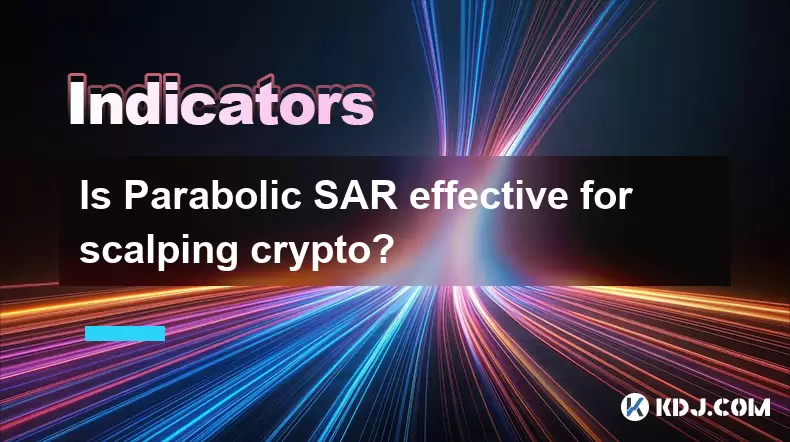
Is Parabolic SAR effective for scalping crypto?
Jul 31,2025 at 08:29pm
Understanding Parabolic SAR in Cryptocurrency TradingThe Parabolic SAR (Stop and Reverse) is a technical indicator developed by J. Welles Wilder, prim...
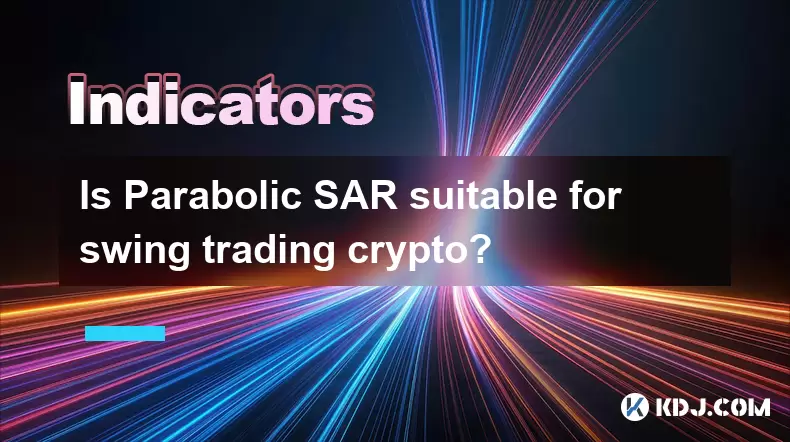
Is Parabolic SAR suitable for swing trading crypto?
Jul 31,2025 at 05:29pm
Understanding Parabolic SAR in Cryptocurrency TradingThe Parabolic SAR (Stop and Reverse) is a technical indicator developed by J. Welles Wilder that ...

How reliable are moving average signals in the highly volatile crypto market?
Jul 31,2025 at 08:36pm
Understanding Moving Averages in Cryptocurrency TradingMoving averages (MAs) are among the most widely used technical indicators in the cryptocurrency...

Why do moving averages lag and what is the impact of this lag in crypto trading?
Jul 31,2025 at 08:07pm
Understanding the Concept of Moving Averages in Crypto TradingMoving averages are among the most widely used technical indicators in cryptocurrency tr...

What is a moving average (MA) in cryptocurrency trading?
Jul 31,2025 at 06:30pm
Understanding the Concept of Moving Average (MA)A moving average (MA) is a widely used technical analysis tool in cryptocurrency trading that helps sm...

What does SAR stand for in Parabolic SAR?
Jul 31,2025 at 06:49pm
Understanding the Meaning of SAR in Parabolic SARIn the context of technical analysis in the cryptocurrency market, SAR stands for 'Stop and Reverse' ...

Is Parabolic SAR effective for scalping crypto?
Jul 31,2025 at 08:29pm
Understanding Parabolic SAR in Cryptocurrency TradingThe Parabolic SAR (Stop and Reverse) is a technical indicator developed by J. Welles Wilder, prim...

Is Parabolic SAR suitable for swing trading crypto?
Jul 31,2025 at 05:29pm
Understanding Parabolic SAR in Cryptocurrency TradingThe Parabolic SAR (Stop and Reverse) is a technical indicator developed by J. Welles Wilder that ...
See all articles

























































































